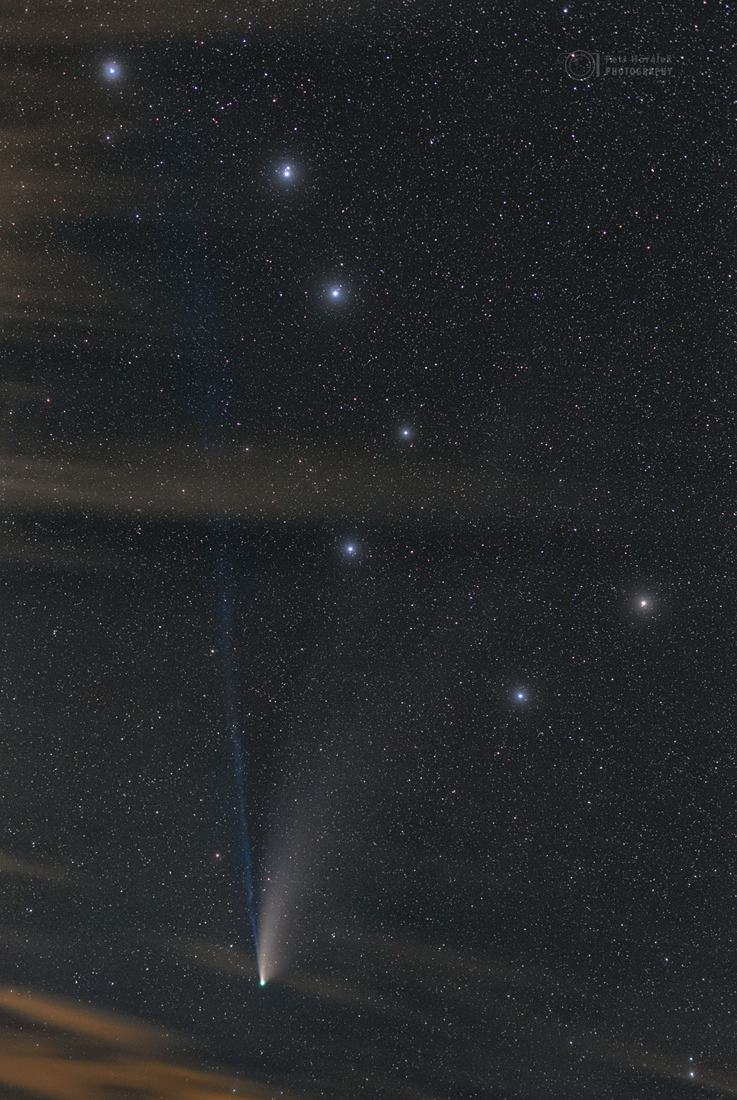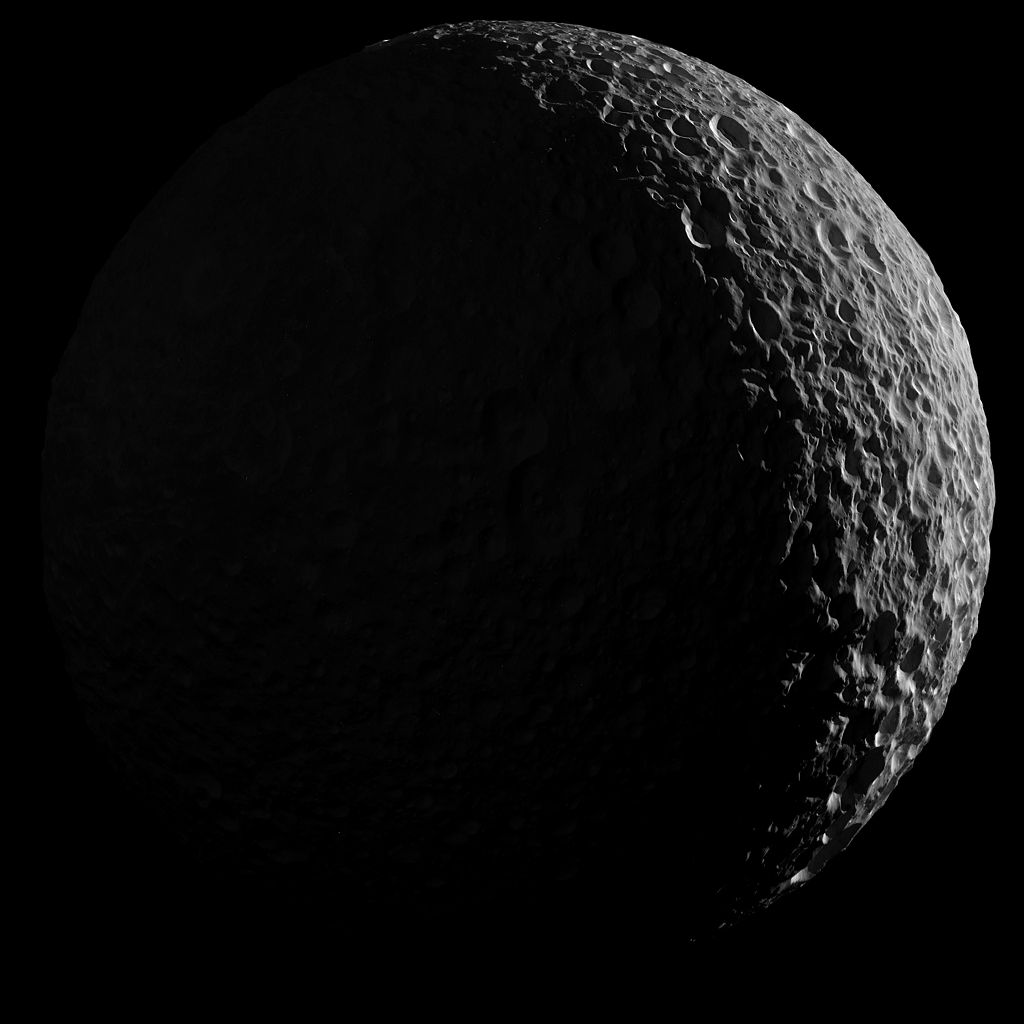Astronomy Picture of the Day
Discover the cosmos! Each day a different image or photograph of our fascinating universe is featured, along with a brief explanation written by a professional astronomer.
Image Credit & Copyright: Petr Horalek / Institute of Physics in Opava
Explanation: It was just last July. If you could see the stars of the Big Dipper, you could find Comet NEOWISE in your evening sky. After sunset denizens of the north could look for the naked-eye comet below the bowl of that famous celestial kitchen utensil and above the northwestern horizon. The comet looked like a fuzzy 'star' with a tail, though probably not so long a tail as in this memorable skyview recorded from the Czech Republic on July 23th, 2020, near the comet's closest approach to planet Earth. Photographs of C/2020 F3 (NEOWISE) often did show the comet's broad dust tail and fainter but separate bluish ion tail extending farther than the eye could follow. Skygazers around the world were delighted to witness Comet NEOWISE, surprise visitor from the outer Solar System.
Tomorrow's picture: better than Pluto
Authors & editors: Robert Nemiroff (MTU) & Jerry Bonnell (UMCP)
NASA Official: Phillip Newman Specific rights apply.
NASA Web Privacy Policy and Important Notices
A service of: ASD at NASA / GSFC
& Michigan Tech. U.
This is an automated email. If you notice any problems, just send me a note at gtracy@gmail.com. You can add and remove email addresses to this distribution list here, https://apodemail.org.Unsubscribe
















